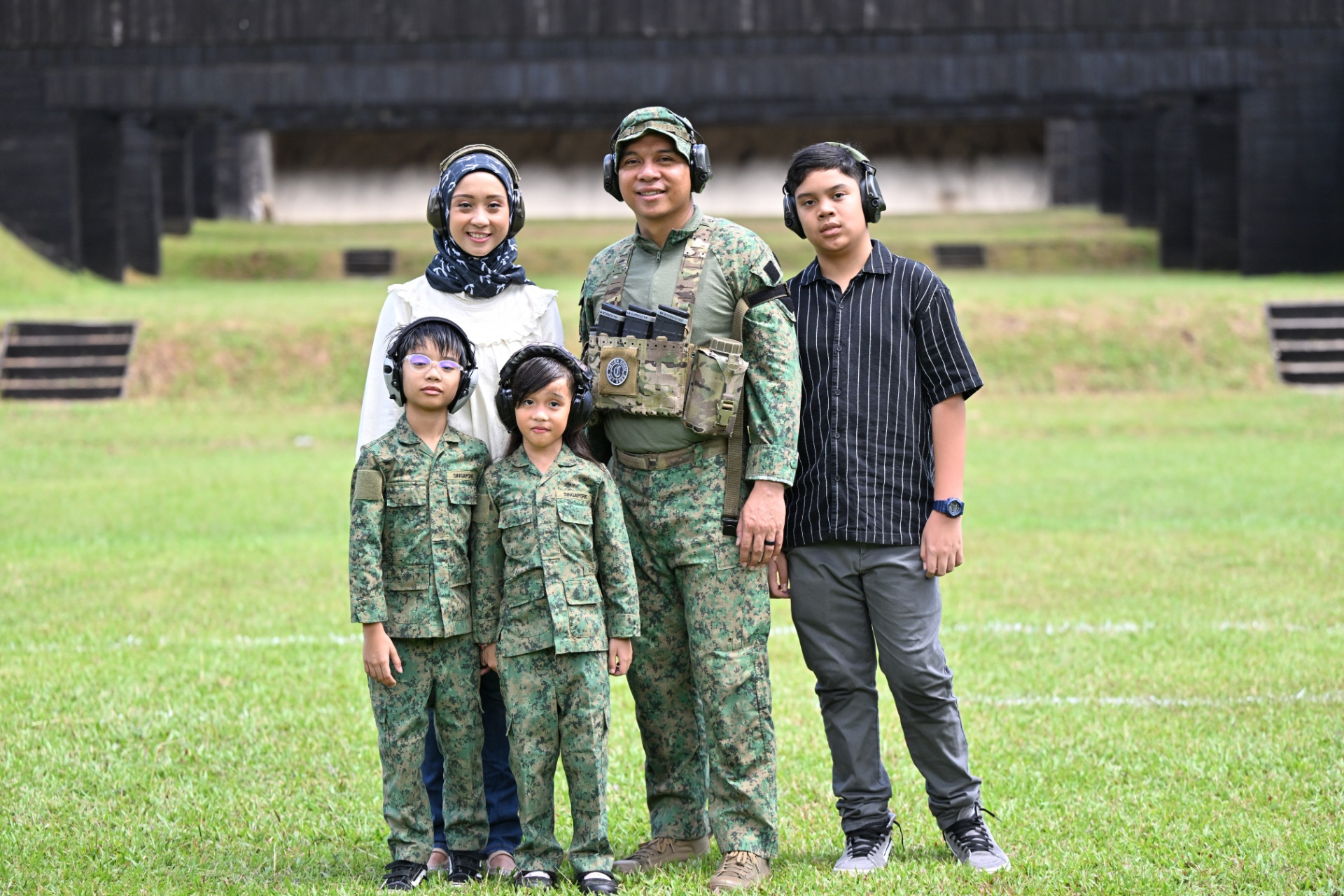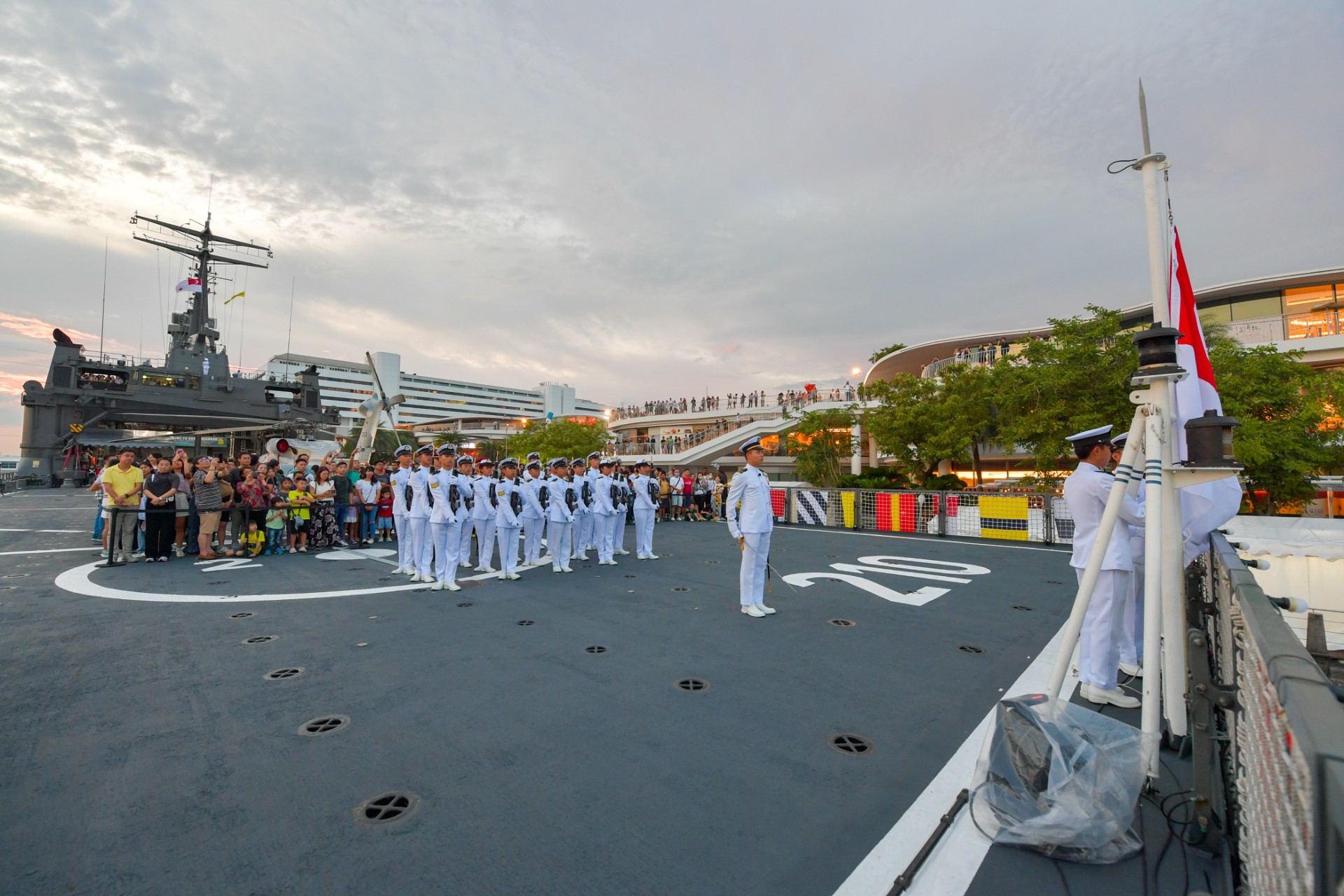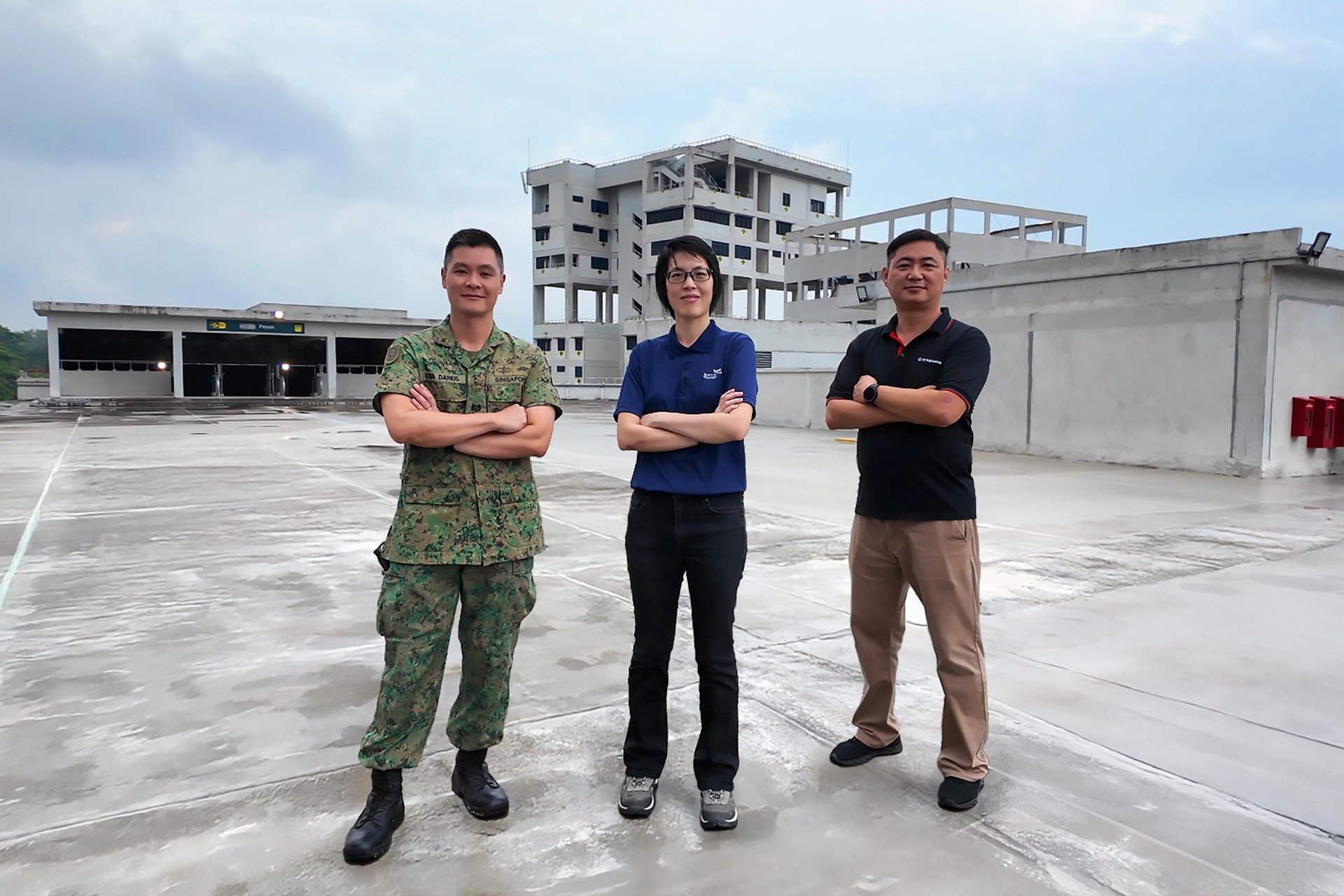HOW TO SURVIVE IN THE JUNGLE
How well do you know your basics when it comes to living off the land? If you are lost and alone in the wild, these four tips could save you.//Story by THRINA THAM //Photos by ONG JI XUAN
Wielding a parang (machete), he deftly cracks open a coconut, dripping its contents into a mess tin. Not a drop is wasted.
2nd Warrant Officer (2WO) Mathialagan S then rips off and stores the coconut's husk – it will make good tinder for starting a fire later.
Outdoor survival skills may seem irrelevant in mostly urban Singapore today, but are vital to building self-reliance in an unfamiliar environment. After all, the volatile times brought by the COVID-19 pandemic has taught everyone a lesson: to expect the unexpected.
For 2WO Mathialagan, such survival skills are a mainstay at the SAF Military Intelligence Institute's School of Army Reconnaissance, where he is the Chief Trainer.
The school trains recon specialist cadets in the Reconnaissance Commander Course, where they learn to navigate and endure in rough terrain, with little resources and no back up.
The 12.5-week course, which trains reconnaissance commanders to fulfil Combat Intelligence missions, includes an in-camp Combat Survival Training (CST) and an outfield Living Off The Land exercise.
As part of their CST at the Survival Village in Pasir Laba Camp, the specialist cadets are taught to find or make the four basic necessities for survival: water, food, fire and shelter.
Wat(er) way to survive
The ability to find drinkable water is the most critical skill to surviving in the jungle. Natural sources of water can be collected from woody water vines found hanging from trees, or from fast-moving rivers.
The safest way to purify water is to boil it before consumption.
In the case you are unable to start a fire, you can build a basic filtration system by using a plastic bottle and cutting it in half.
Simply fill the top half of the bottle with layers of cloth, charcoal, sand, small pebbles, large rocks and finally leaves, before pouring water through. The base of the bottle can be used to collect this filtered water.
Of course, finding a coconut and being able to crack it open would allow you to not just have water to drink, but nutritious food to eat as well!
Can I eat that?
While soldiers are taught to identify common edible plants – such as curry leaves, tapioca roots and even the Hibiscus flower – they also learn a five-step edibility test to find out if a plant is safe to consume.
Take a handful of pieces of the plant, and crush it to prepare a sample for the test:
Step 1: Take the sample and rub it onto your inner elbow. Wait for five seconds to observe if your skin reacts to it.
Step 2: If nothing happens, rub another sample around your lips and wait for another 5 seconds.
Step 3: If everything is okay, rub the sample inside your mouth on the inner walls of your cheeks and under your tongue, then wait another five seconds.
Step 4: If nothing happens again, chew on the sample and spit it out. This time, wait for 5 minutes.
Step 5: Finally, boil the sample three times and consume it. Wait five hours for a reaction.
If no symptoms show up after all five steps are completed, the plant is considered safe for consumption.
Tinder: Finding your match
When you are out in the wild, a fire can keep you warm; allow you to boil water; cook food; and even keep wild animals away.
Dry bark, twigs and leaves are natural sources of tinder that can be used to ignite a fire.
If you have a flint and steel, strike the flint against the tinder till it sparks. Once you get a glow, gently blow on it to produce a flame. Feed the flame with kindling such as dried leaves and husks until you have a roaring fire.
Remember, starting a fire is not enough – prepare enough wood to fuel your fire so that it can last through the night.
Seeking shelter
A good shelter makes the difference between having a safe space to rest and having to face harsh elements like the cold and rain.
Previously, soldiers were taught to construct an A-frame: an elevated structure that can bear the weight of four soldiers. Now, recon troopers build the simpler and better concealed debris shelter instead.
This shelter consists of large branches used to form a tent-shaped frame, which becomes the rib of the shelter. Finer sticks are then weaved through the frame, before a thick layer of debris (leaves and twigs) is piled on top for protection.
A debris shelter takes four to five hours to build and fits two men inside.
Hear from the experts themselves as 2WO Mathialagan and SSG Loh share their tips on how to last out in the jungle:
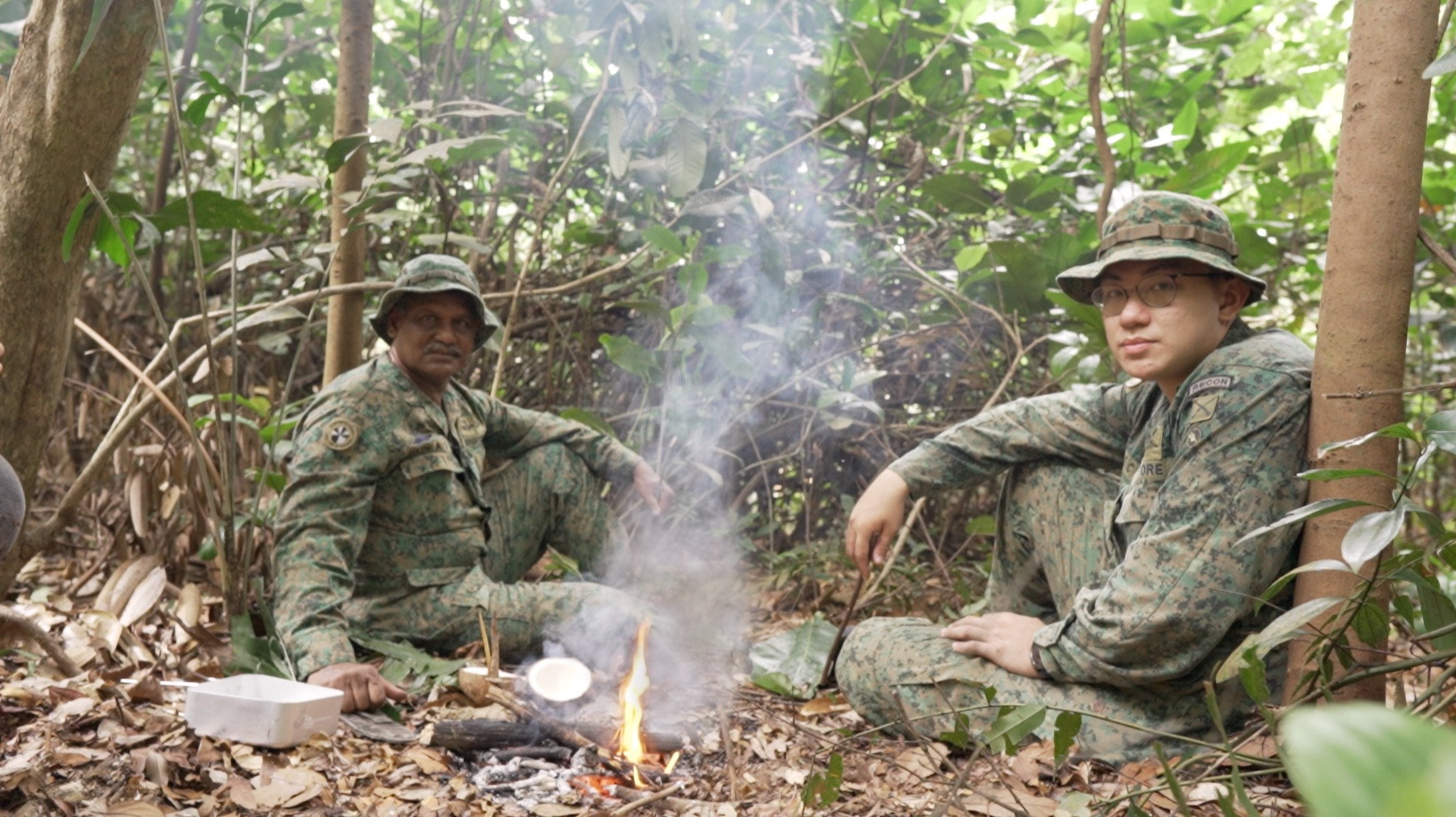
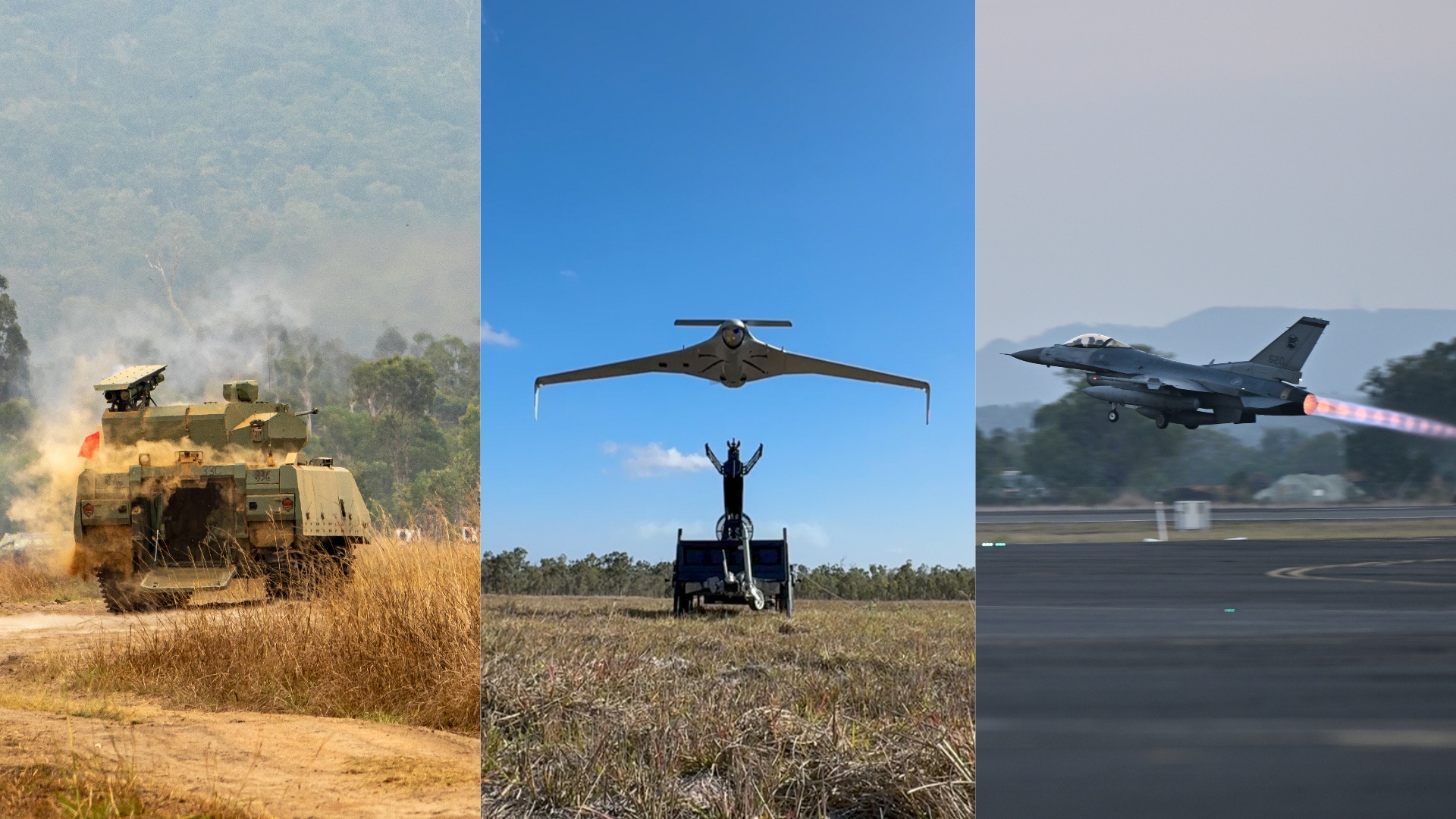
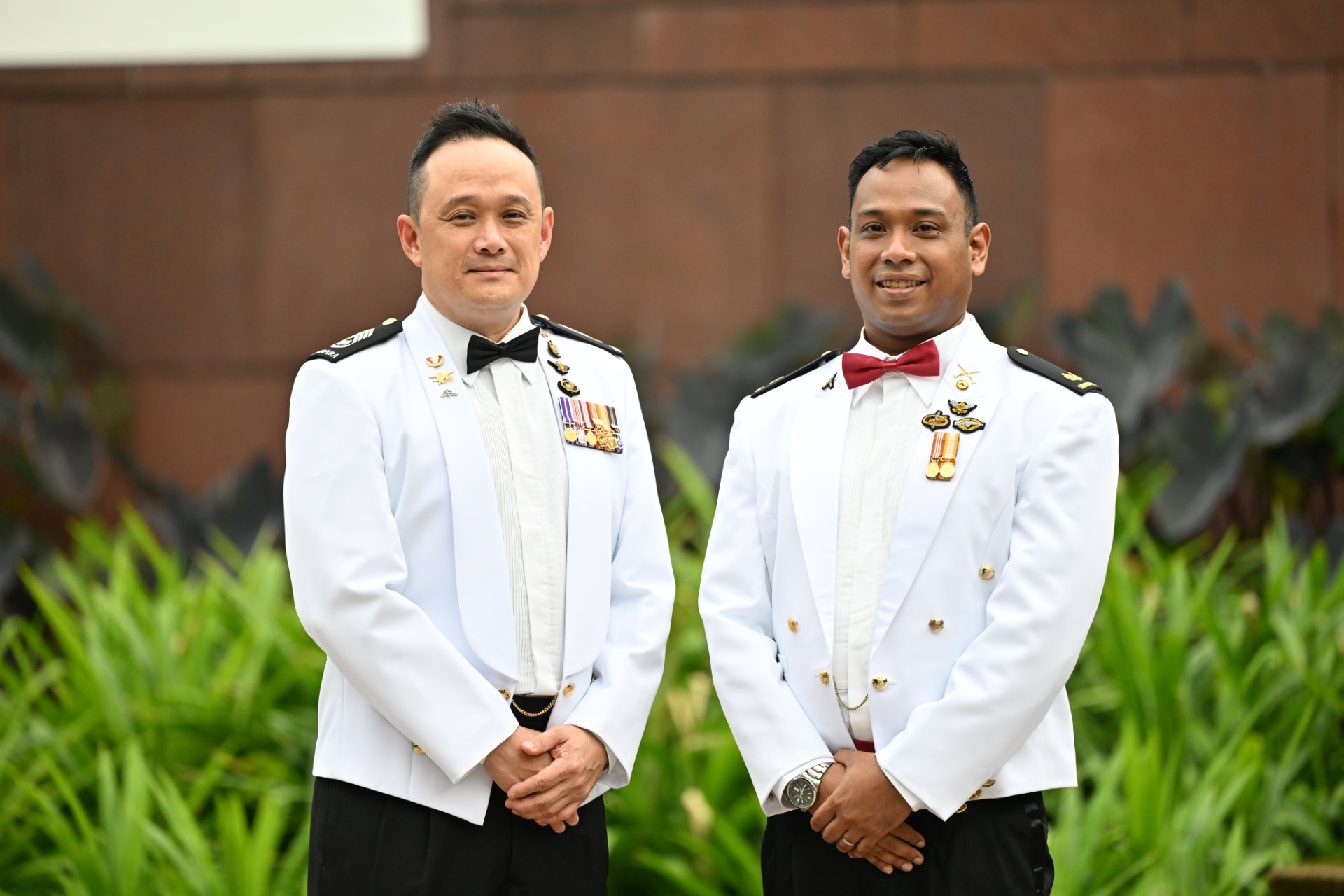
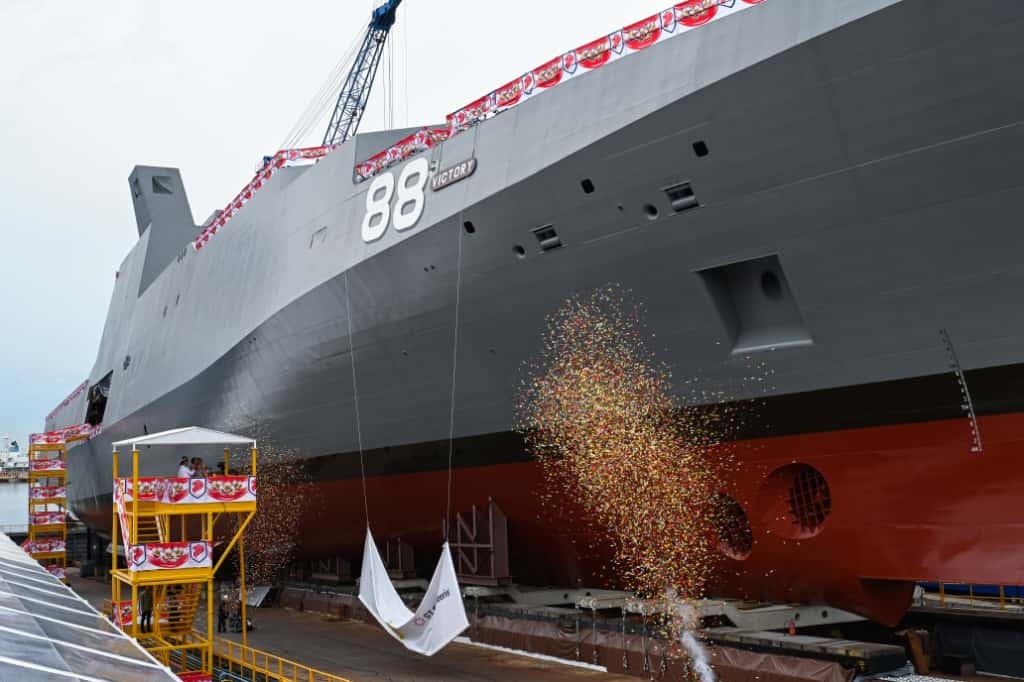
-dsc_2181.jpg?sfvrsn=cf8a503f_1)


